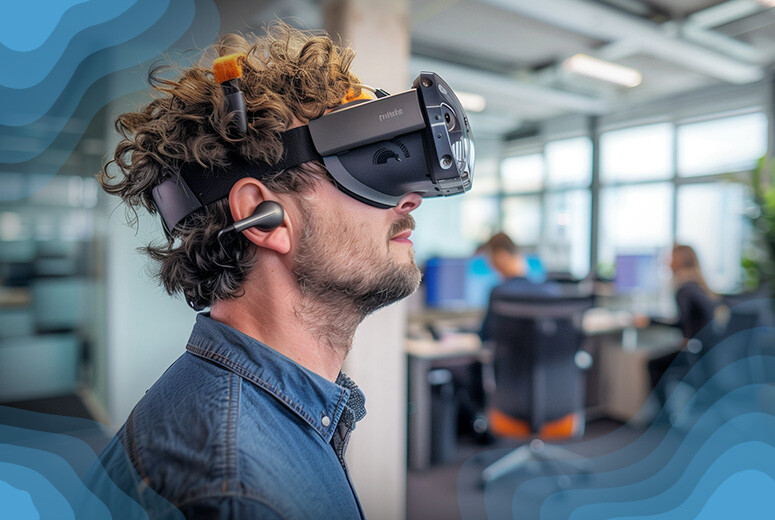As myriad reports and surveys suggest, the future of marketing is going to be shaped by new digital tools like Virtual Reality (VR), Augmented Reality (AR) and Artificial Intelligence (AI). So it’s time we started discussing how and where marketers could use these tools to help better market their products.
Speaking specifically about one of these new digital tools, technology development around VR has shown promising results. Its applications have grown beyond just games and entertainment—the platforms on which it began. As a business tool, amongst other applications, it can be harnessed to give your customers a tour of your company premises and a hands-on demonstration of how your product works without them being there with you.
According to a 2016 Goldman Sachs report,1 the combined market size of VR and AR is estimated to reach anywhere between $80 billion to $182 billion by 2025. This seems to be the most opportune time for marketers to create campaigns using VR technology.
The Goldman Sachs report says there are nine markets that have the potential to use VR and AR to bring meaningful development in how they work. These include videogames, live events, video entertainment, health care, real estate, retail, education, engineering and military. However, the report doesn’t specifically talk about how and where, exactly, marketers can use VR to raise their marketing game.
Here are three ways you can use VR in your marketing campaign.
1. Events and Conferences
As conferences and events continue to be a reliable form of marketing, it’s only natural to bring in innovative ways to handle them. One of the main challenges of organizing an event-based marketing campaign is to physically bring people to the event venue. With VR, that problem can be largely solved. You can now take the event to the viewers through live streaming; and with the use of VR headgear you can give them the experience of being virtually present at the event venue.
2. Product Demos and Tour
It would help if marketers start thinking along the lines of how AR was first used in the market that launched it: namely, video games and entertainment. Much like games, marketers can use VR technology to simulate a product experience for their customers.
Say you want to give a demo of your new storage system and showcase its features to multiple customers. Currently, that would require all of them to be present at once, along with your product managers and the technical team. With the use of VR, however, one can virtually show the product to clients by giving them a 360-degree view of it. VR solutions can put your client and the technical team together in one space, along with a realistic-seeming three-dimensional (3-D) replica of your product. Not only that, your prospective client can now even interact with your product in real time.
3. New Product Prototype
Virtual Reality has the potential to bring alive the product that you had only dared to imagine so far. It can provide you with an environment wherein you can see if the imagined product would practically work or not. With VR, you and your team can easily create a roadmap for all your new products, and perhaps show the prototypes to clients early in the development stage to gauge their response to them.
References






